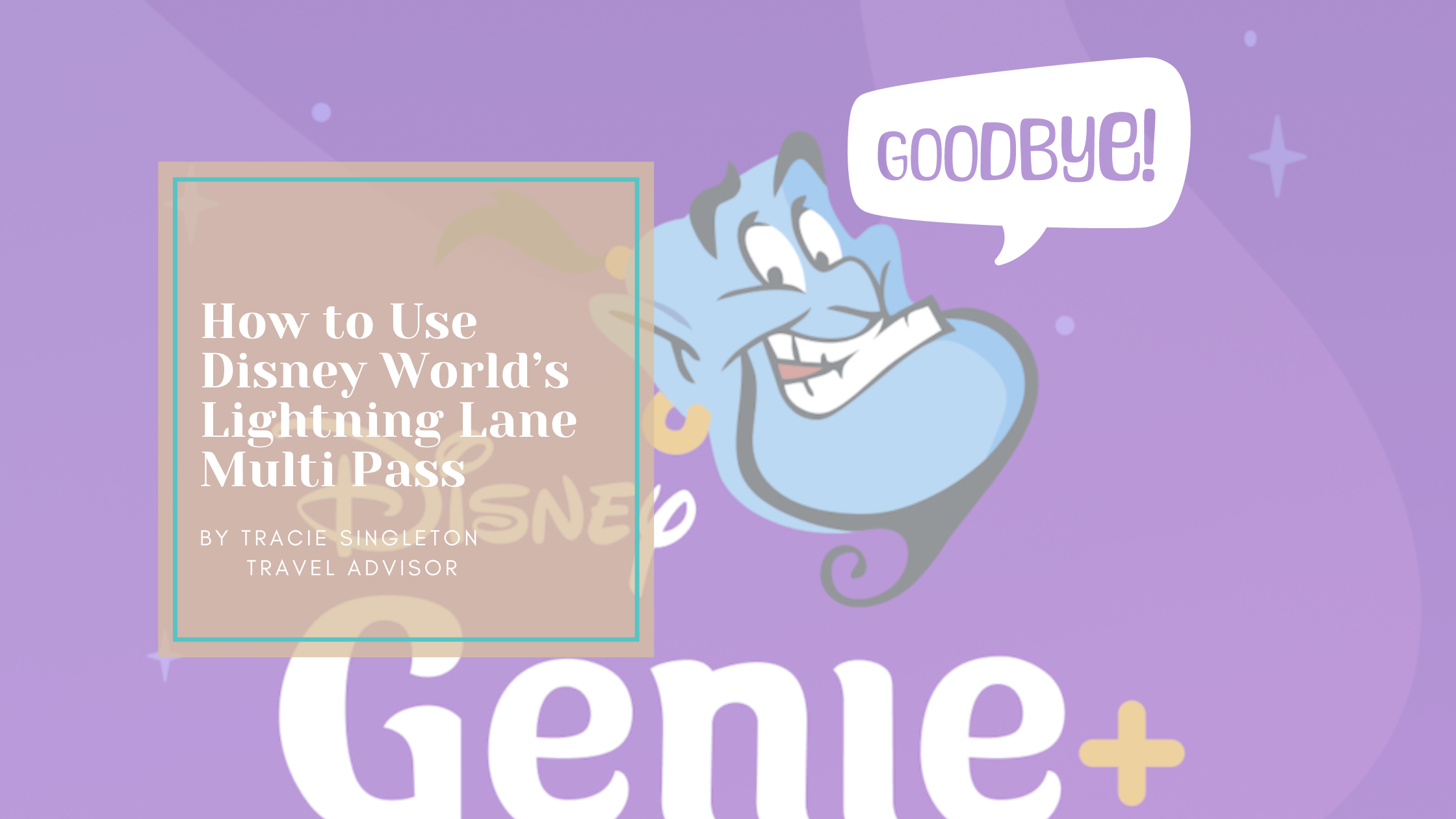
This post may contain referral links. Please read my disclosure here.
Recently, when we were camping at the Fort Wilderness Campground taking advantage of the last couple of months left on our season passes. We were camping in the premium sites of the 800 loop that bordered the pet walking trail. One morning I decided to walk the trail after seeing a couple deer on the trail. About 100 yards from our campsite it intersected an old railroad bed. This peaked my interest because I had heard there was once a train system that provided transportation throughout the campground back in the 1970s. I decided to take a detour and check out the railroad bed. When I returned to the camper, I grabbed my phone and did a little research on the old Fort Wilderness Railroad and discovered the following:

History
The Fort Wilderness Railroad opened on January 1, 1974. It consisted of four trains each pulling five coaches around a 3.5 mile track, twice the length of the Magic Kingdom track. The trains were actually a paid attraction that provided transportation throughout the campground and to the River Country water park. The locomotives and coach cars were made in 1972 by WED Enterprises in Glendale, California. The cost to build the trains was $1 million. The locomotives were based on the traditional Baldwin “plantation locomotives” popular in the Hawaiian Islands for hauling sugar cane. They had a 2 ft 6 in narrow-gauge rail design and were 150 ft long and could seat up to 90 guests.
Construction and Design Issues
Immediately after the Fort Wilderness Railroad opened on January 1, 1974, it started having issues. In a rush to complete the railroad, the track contractor made some shortcuts during the construction that caused many problems that persisted throughout the life of the railroad. First, the railroad beds were not installed properly to account for the expanding and contracting Florida swamp clays. Second, the rails were not spaced or bent evenly for the curves. This led to many derailments during the operational years. The track ties remain in place in certain areas throughout the campground today. Some of the construction issues are apparent today, because I observed sections that were installed in the clayey soils. Other sections I observed did have a gravel base. This inconsistency caused most of the problems.
Besides the issues with the tracks, another problem was the locomotives’ small diesel tanks. Diesel fuel was used to fire the boiler that produced the steam for the locomotives. The tanks barely had enough capacity to complete one circuit of the track. If there was any reason for a delay, the train might run out of fuel leaving guests stranded. Apparently, this happened too many times.
Railroad Demise
Pedestrian safety and noise became issues as well that plagued the railroad during its short tenure at the Fort Wilderness Campground. By 1977, the railroad started running a limited schedule during crowded times. In February 1980, the issues with the system became too expensive and cumbersome for continued operation and the railroad was officially retired.

Recycled Parts
After the Fort Wilderness Railroad closed, Disney recycled some of the parts for other attractions. For example, two of the coaches were used as ticket booths at the central entrance to Downtown Disney. They were removed when Downtown Disney was remodeled into Disney Springs and sold at auction to private individuals.
Another coach was used as a prop in the Typhoon Lagoon parking area. It was recently removed and scrapped. The only part of the entire system still in use, is the water tank that’s now part of the water slide at The Water Hole.
Current Uses and Locations
After the railroad closed, the trains were stored and forgotten about for many years. The four locomotives and twelve remaining coaches were discovered and purchased by members of the Carolwood Pacific Historical Society. Locomotive #1 along with one of the coaches were later sold to John Lasseter for his Just Creek Railroad in California. He converted them to run on 3 ft rails that was compatible with other trains in his collection. Currently, all of the locomotives are in California and none of them are operational.
Hope you enjoyed this little piece of Fort Wilderness Campground history and remember to Travel, Rest, Repeat!!




I still have a part of the history from one of the 4 WDW Fort Wilderness Railroad that came off the caboose. It’s a beautiful sign the size of a car tire.
WOW that’s awesome. What a great piece of Disney history.